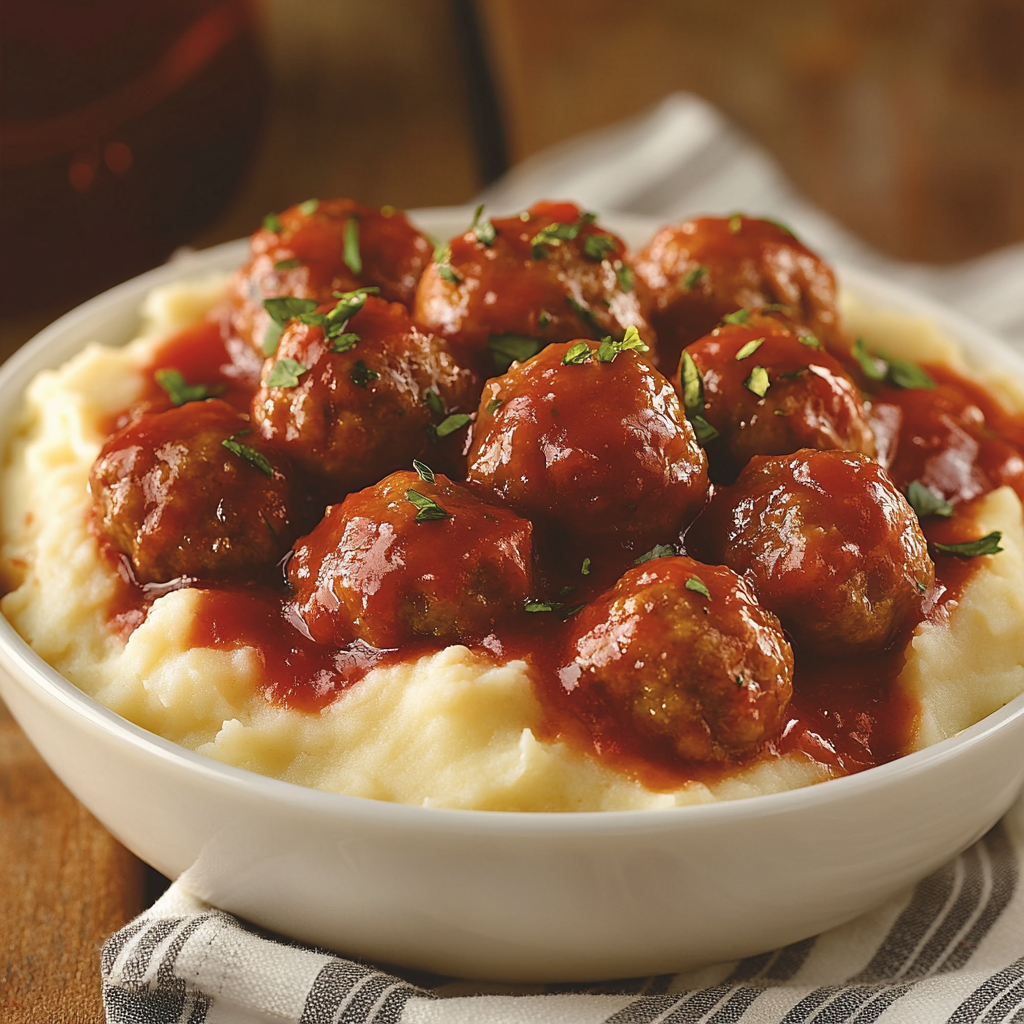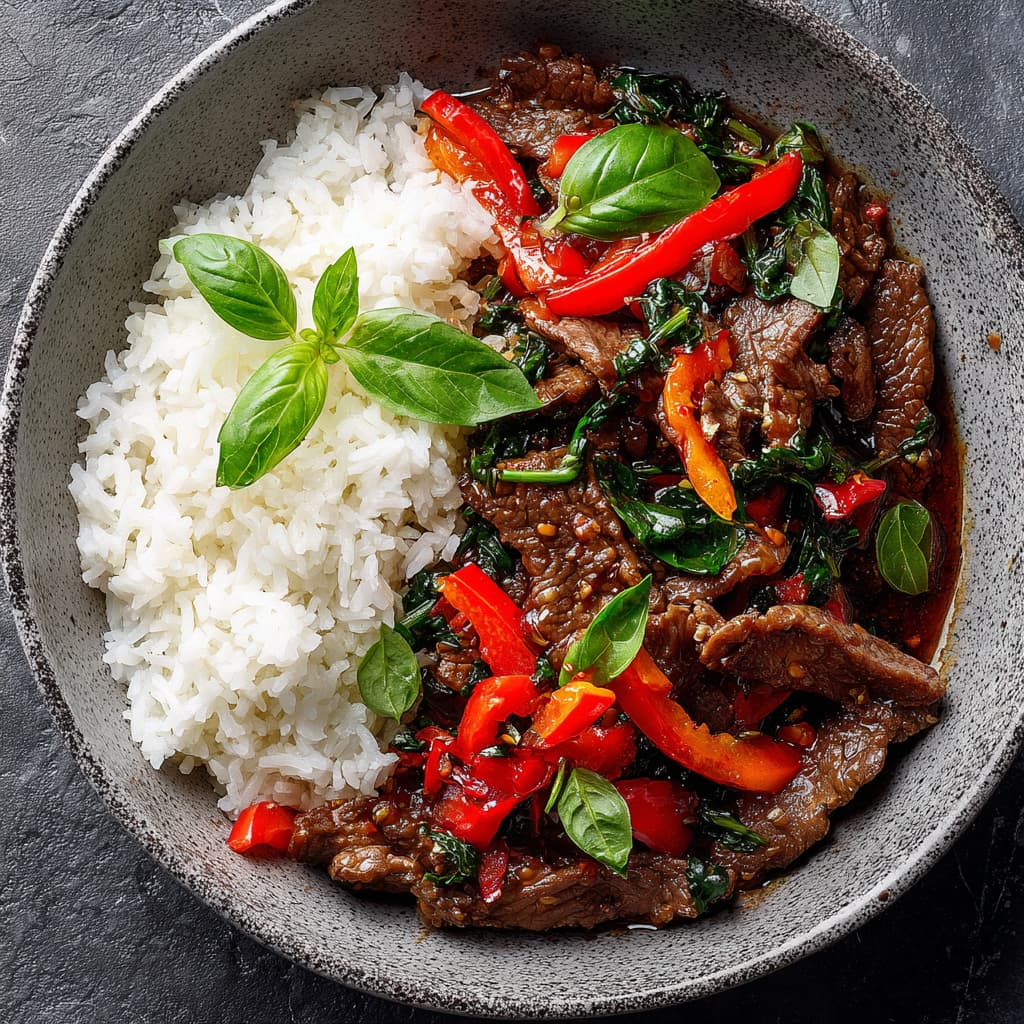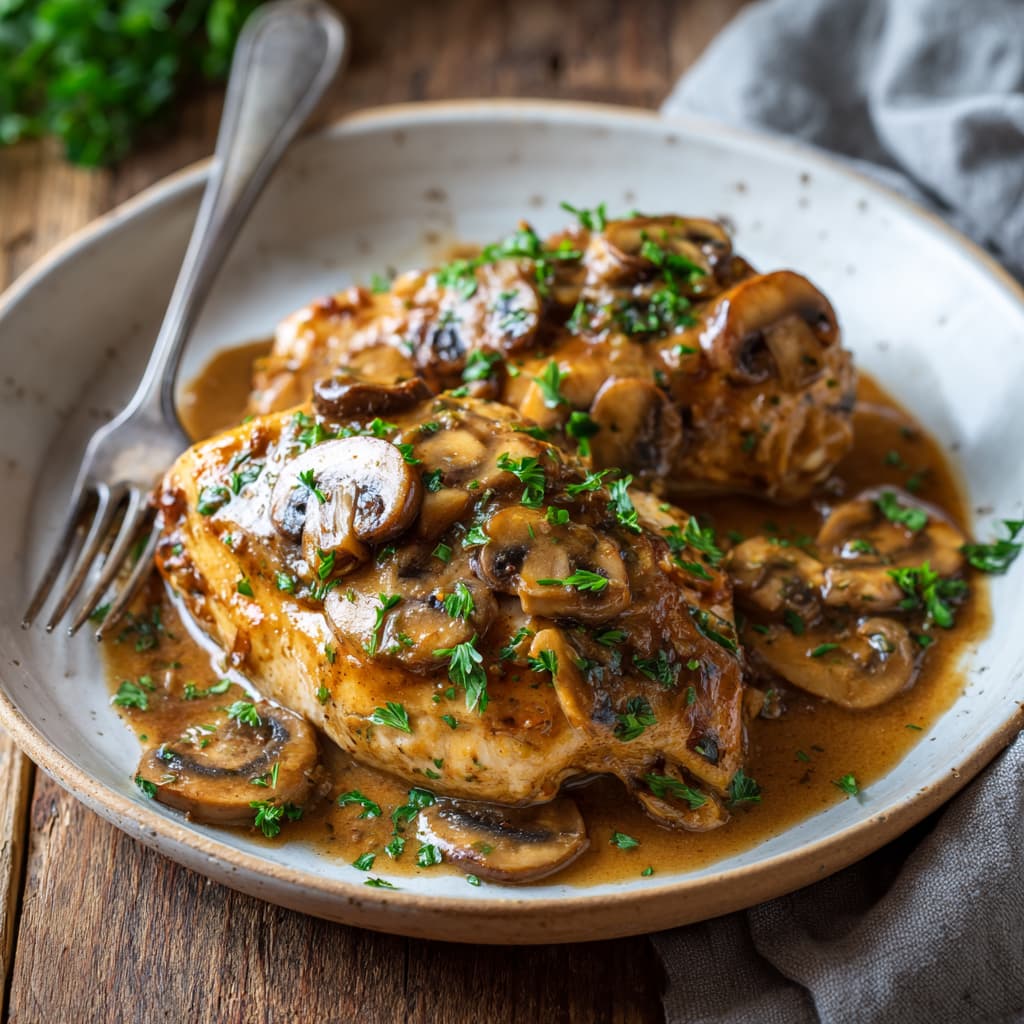If you’re looking for a hearty, comforting meal that’s just a little bit fun, porcupine meatballs are the perfect choice. These tender beef meatballs are mixed with uncooked rice, which expands as they cook—creating spiky “quills” that give the dish its quirky name. They’re simmered in a rich tomato sauce and are both budget-friendly and incredibly satisfying.
This classic recipe has been passed down through generations of home cooks. It’s simple enough for a weeknight meal and cozy enough to serve for Sunday dinner. Let’s dive into how to make porcupine meatballs from scratch, along with tips for customization and serving.
What Are Porcupine Meatballs?
Porcupine meatballs are a traditional American comfort food dish made with ground beef, uncooked rice, and seasonings. As they cook, the rice grains poke out of the meatballs, resembling the quills of a porcupine—hence the name.
This dish was especially popular during the mid-20th century when convenience foods were on the rise. It’s easy, affordable, and made with pantry staples like tomato sauce, rice, and ground meat.
Ingredients
For the Meatballs:
-
1 lb (450g) ground beef (85–90% lean)
-
½ cup uncooked white rice (long grain or parboiled)
-
1 egg
-
¼ cup milk
-
1 small onion, finely chopped
-
1 clove garlic, minced
-
½ tsp salt
-
½ tsp black pepper
-
½ tsp dried oregano
For the Sauce:
-
1 can (15 oz) tomato sauce
-
1 cup beef broth
-
1 tbsp Worcestershire sauce
-
1 tsp Italian seasoning
-
Salt and pepper to taste
How to Make Porcupine Meatballs
Step 1: Prepare the Meatball Mixture
In a large mixing bowl, combine the ground beef, uncooked rice, egg, milk, chopped onion, garlic, salt, pepper, and oregano. Mix until just combined—don’t overwork the meat or the meatballs may become tough.
Step 2: Shape the Meatballs
Form the mixture into meatballs about the size of a golf ball (1.5–2 inches in diameter). You should get around 12–14 meatballs, depending on size.
Step 3: Make the Sauce
In a separate bowl or measuring cup, stir together the tomato sauce, beef broth, Worcestershire sauce, Italian seasoning, and a pinch of salt and pepper.
Step 4: Simmer the Meatballs
Place the meatballs in a large, deep skillet or Dutch oven. Pour the sauce evenly over the top. Cover and simmer on low heat for about 45–55 minutes, stirring gently once or twice during cooking. The rice will cook inside the meatballs and expand, creating the signature “porcupine” look.
Optional: Oven-Baked Version
Preheat the oven to 350°F (175°C). Place the meatballs in a baking dish, pour sauce over, cover with foil, and bake for 50–60 minutes until cooked through and rice is tender.
Why This Recipe Works
Porcupine meatballs are the perfect mix of flavor, texture, and comfort. The rice not only adds visual fun but also gives the meatballs a soft, slightly chewy bite inside. The tomato-based sauce is simple but rich, allowing the savory flavors of the meat to shine.
This dish is also incredibly budget-friendly—using pantry staples and stretching a pound of ground beef into a full family meal.
Customization Ideas
These meatballs are highly adaptable. Here are some creative ways to make them your own:
-
Make it spicy: Add a pinch of crushed red pepper or a spoonful of harissa to the meat mix or sauce.
-
Add cheese: Stuff each meatball with a small cube of mozzarella for a melty center.
-
Use different meats: Try ground turkey, pork, or a mix of beef and sausage.
-
Boost the flavor: Add chopped fresh herbs like parsley or basil to the meat or sauce.
-
Try brown rice or quinoa for a healthier twist—just pre-cook them halfway before mixing.
What to Serve with Porcupine Meatballs
These meatballs pair well with a variety of sides:
-
Mashed potatoes for ultimate comfort
-
Buttered egg noodles or a bed of white rice
-
Steamed vegetables like green beans, peas, or carrots
-
Crusty bread or garlic toast to soak up the sauce
-
Simple side salad with vinaigrette for freshness
You can also serve them over spaghetti for a playful take on meatballs and marinara.
Make-Ahead and Storage Tips
Porcupine meatballs are excellent for meal prep and leftovers:
-
Fridge: Store in an airtight container for up to 4 days.
-
Freezer: Freeze cooked meatballs and sauce together for up to 3 months. Thaw in the fridge overnight and reheat gently on the stovetop.
-
Reheating: Warm on the stove over low heat or in the microwave with a splash of broth or water to keep the sauce from thickening too much.
These meatballs also taste even better the next day as the flavors continue to develop.
Nutritional Profile (Per Serving, Approximate)
Porcupine meatballs are hearty, satisfying, and can be fairly balanced depending on the ingredients used.
-
Calories: 350–450 kcal
-
Protein: 22–28g (from beef and rice)
-
Carbohydrates: 20–30g (mostly from rice and tomato sauce)
-
Fat: 18–22g (lower if using lean beef)
-
Fiber: 2–4g (especially if served with veggies)
To make it healthier:
-
Use extra lean ground beef or ground turkey
-
Choose brown rice for added fiber
-
Add chopped vegetables like spinach or grated carrots into the meatball mixture
A Dish Full of Nostalgia
Porcupine meatballs are a true retro comfort food, often associated with post-war American kitchens and the rise of convenient, wholesome meals made from affordable pantry staples. They appeared in 1950s cookbooks and were popularized by home cooks for being easy, budget-conscious, and loved by kids.
It’s a dish that brings back memories of Sunday dinners, potlucks, and cozy family meals around the table—no frills, just good food.
Kid-Friendly Tips
These meatballs are naturally appealing to kids due to their fun name and soft texture. To make them even more kid-friendly:
-
Use mild seasoning—skip hot spices
-
Let kids help shape the meatballs (with clean hands!)
-
Serve with a side of ketchup or sweet tomato sauce for dipping
-
Add finely shredded cheese to the meatball mix for extra richness
-
Offer fun sides like mashed sweet potato or smiley-face veggies
Make It a One-Pot Meal
You can transform this dish into a full one-pot meal by adding:
-
Chopped bell peppers or carrots into the sauce
-
Cubed potatoes to cook alongside the meatballs
-
Frozen peas or green beans added in the last 10 minutes of simmering
It becomes a complete dinner with minimal dishes—a win for any busy weeknight.
Final Thoughts
Porcupine meatballs are a timeless recipe that delivers maximum comfort with minimal effort. Whether you’re cooking for picky eaters, feeding a family, or just want a nostalgic throwback to home-cooked meals, this dish checks all the boxes. It’s hearty, affordable, easy to customize, and just plain fun to eat.
Serving for Guests or Gatherings
Porcupine meatballs are a fantastic choice for casual entertaining. They’re easy to scale up, stay warm in a slow cooker, and can be served family-style or plated individually.
Hosting Tips:
-
Make a double batch and keep warm in a crockpot on low during parties.
-
Serve with mini slider buns or sub rolls for a meatball sandwich option.
-
Offer a “build-your-own bowl” station with mashed potatoes, rice, and roasted veggies so guests can create their perfect plate.
-
Garnish with fresh herbs like parsley or basil and a sprinkle of grated Parmesan.
This dish is ideal for comfort-themed dinner parties, holiday potlucks, or casual weekend meals with friends.
Porcupine Meatballs Around the World
While the classic porcupine meatball is American, the concept of rice-studded meatballs appears in various cultures:
-
Middle Eastern kofta sometimes includes bulgur or rice
-
Greek yuvarlakia are rice-filled meatballs often served in lemon sauce
-
In Filipino cuisine, meatballs with rice might appear in sweet-savory sauces
-
Asian-style meatballs often use glutinous rice for a sticky, chewy interior
The porcupine variation stands out for its fun appearance and tomato-based flavor, but it shares a global culinary thread.
Modern Adaptations
With today’s dietary preferences, porcupine meatballs have also been reinvented:
Low-Carb Version:
-
Swap rice with riced cauliflower (add it raw)
-
Use sugar-free tomato sauce and lean beef or turkey
-
Skip the breadcrumbs entirely or use almond flour if needed
Vegan Version:
-
Replace beef with a mix of lentils, mushrooms, and rice
-
Use flax egg (1 tbsp ground flax + 2.5 tbsp water)
-
Simmer in marinara or vegan tomato basil sauce
These versions keep the fun and comfort of the original while fitting into modern lifestyles.
Reader Engagement Ideas (For Blog Style)
To close your post in an engaging way, consider prompting readers with:
-
“Did you grow up with porcupine meatballs too? What’s your family’s twist?”
-
“Try this with turkey or stuffed with cheese—let me know your favorite variation in the comments!”
-
“Snap a photo of your porcupine meatballs and tag us on Instagram—we love seeing your creations!”





